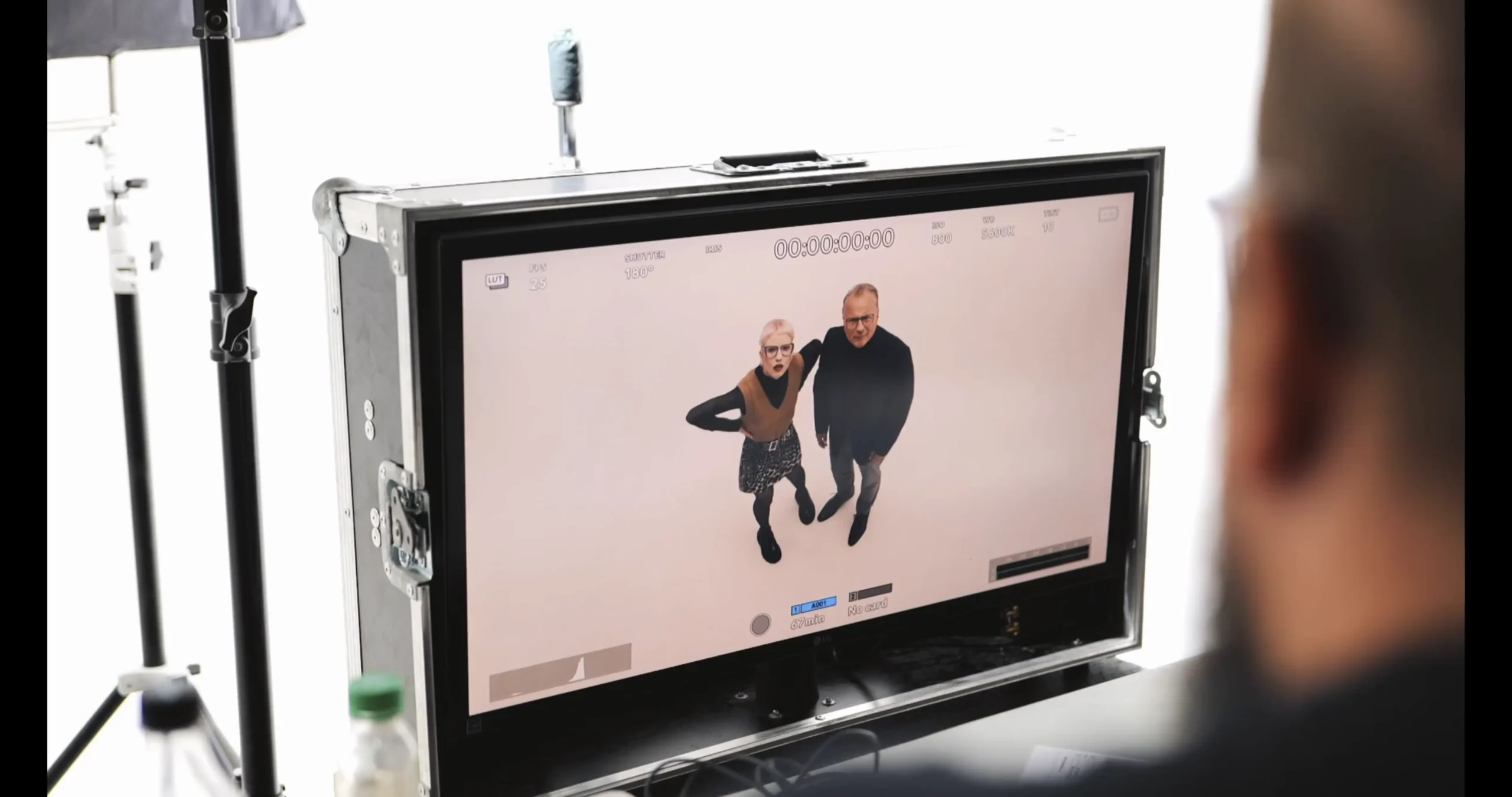
What are the differences between animation and human image video in terms of effectiveness?
Looking for an effective way to reach your customers? Video is a great tool – as long as you match its form and content to your goals. So what’s more effective: animation or production with people? See what it depends on.
Standard videos and animation – what’s the difference?
Both standard human video and animation are videos that can be used as marketing tools. They differ primarily in form.
- Standard films are shot with people. They are created on movie sets, with actors, sets, and using video cameras.
- Animations are created in the studio and are “drawn” from scratch – either by hand (increasingly rare) or with the help of computer tools.
Of course, different techniques of creation translate into both the overtones of the materials and their application. Therefore, it is difficult to talk about differences in terms of effectiveness. This is because everything depends on what kind of production and for what purpose it is to be created.
Wondering right now if you need a standard video or animation? Talk to our team about it – contact Mariusz from our team: .
Read also: Animation or video: which is better for my brand?
Standard image video – when can it be effective?
Films featuring people are second to none in terms of evoking emotions. It is much easier for the viewer to identify with the characters on the screen when they are watching “live people” rather than animations. They also seem more realistic and closer to “everyday life.”
Therefore, you can talk about their effectiveness when you create, among other things:
- image materials – for example, a video showing the daily life of the company;
- vivid stories to move the viewer – we are talking, for example, about social campaigns, but also promotional spots;
- productions with which the viewer is expected to identify.
Animations – when can they be effective?
Animations are an excellent way to translate complex concepts into simple pictorial language. Among other things, they allow you to explain processes, discuss the construction of a particular product, the structure of a company or how to operate some device. They also make it possible to turn crazy script ideas into reality – the kind of ideas that would be very expensive or almost impossible to realize in the form of a “standard” film.
You can talk about their effectiveness when you create:
- so-called explainers, i.e., any material that explains a process/phenomenon (e.g., how shopping in an online store works);
- Discussions of product features – e.g., videos showing their construction, layers, parts, etc…;
- training materials.
It is also worth remembering that animations can be changed if necessary. For example, if you release a new version of a product in a while – the video presenting it can probably be slightly modified at a small cost.
Can standard video and animation be combined?
The question about the possibility of combining human film and animation comes up a lot. Our answer? Sure, you can, and sometimes you even need to!
Imagine, for example, that a film is being made for an optical salon. On the one hand, it should evoke emotions and give the viewer a chance to identify with its characters. That’s why it can’t lack, for example, actors trying on different glasses. On the other – the material can show the layers of protection of eyeglass lenses. For this, animation will be useful.
The conclusion? Human animation and video can be equally effective – as long as the form of the material is tailored to the purpose of its publication. Want to make an informed decision? Contact us and see what we can prepare together.



